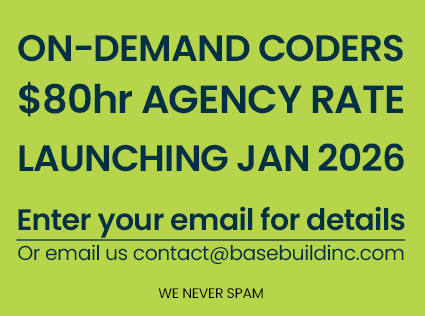Top Trend for Q1 2026: Agencies Prepare for the Big WordPress AI Core Breakthrough

Agencies that read and understand this post will be the ones shaping strategy for their clients instead of scrambling to catch up later. The upcoming WordPress AI Core Update isn’t just a plug-in—it’s a foundational shift. With built-in AI API endpoints, extensible AI blocks, and full-stack machine-learning hooks, WordPress is positioning itself as the primary generative AI platform for the web. This isn’t just an update; it’s a platform shift. WordPress moving to AI-first means your agency can lead—not chase—this wave. It also means your development process, client deliverables, and long-term retainers will change: content automation, personalization, API-driven workflows, and advanced on-site intelligence will all become native capabilities.
Why This Update Matters
Historically, integrating AI into WordPress meant installing separate plug-ins, configuring APIs manually, or jumping through authentication hoops. With this update, all that changes:
- Native AI API endpoints baked into WordPress Core—no third-party plug-in required.
- AI-first Gutenberg blocks for content, image, video and conversational UI.
- Unified AI settings panel inside WP Admin for token/auth management, model selection, prompt history, version control.
- Deep hooks for devs—you’ll tie AI workflows into themes, plugins, multisite networks and custom post types.
- Built-in user-specific AI quotas—great for agency client sites where each user/role has limits.
In short: WordPress is upgrading from “CMS with AI add-ons” to “AI-first website ecosystem.”
What It Means for Agencies
For agencies like yours here’s how to use this to your advantage:
Sell AI-Powered Site Editions
Offer clients: “Your site includes built-in AI content generation, image creation, chat assists and dynamic FAQs—powered by WordPress Core.” You’re not just building a site; you’re building a smart site.
De-risk Technical Complexity
You don’t need to maintain multiple AI plug-ins, worry about compatibility, or chase broken integrations. With AI built into Core, everything is standardized and better supported.
Unlock New Upsell Streams
- Offer “content autopilot”—Posts auto-generated from brief prompts.
- Offer “visual autopilot”—Banner, hero image, or product mock-ups via native AI blocks.
- Offer “chatbot autopilot”—User-specific assistants inside the site, managed through WordPress admin.
Streamline Maintenance & Compliance
With Core-level integration you’ll get version control, rollback, audit logs and performance monitoring built in. For clients in regulated industries this lowers risk.
What You’ll Need to Adopt
To take full advantage, prepare now:
- Review your hosting environment: Ensure your WordPress setup runs PHP 8.1+ (likely required), supports scalable AI APIs, and has caching/edge logic in place.
- Theme & plugin review: Identify existing AI plug-ins—it may make sense to remove them and migrate to Core blocks.
- Dev training: Make sure your team knows the new WordPress AI endpoints, how to extend them, and how to secure credentials.
- Client tier definitions: Set ai-feature tiers (Basic, Pro, Premium) with usage quotas.
- Performance monitoring: AI blocks may trigger API calls—ensure latency and cost are accounted for, especially on client sites with heavy traffic.
Timeline & Realistic Adoption
WordPress is aiming for a major Core release in Q2 2026, likely announced at their next big Dev Summit in early 2026. Beta versions will roll out in late 2025. As an agency, your goal should be to test it in Q3 2026 and launch for clients by Q4 2026.
Action Plan for Your Agency
Q4 2025: Select a pilot site, install the beta version of WordPress (or build a dev branch), and experiment with the native AI blocks.
Q1 2026: Prepare your service pricing & positioning (e.g., “AI-integrated WordPress” packages).
Q2 2026: Launch your first client site using the new AI core features—promote it as “next-gen smart WordPress experience.”
Beyond: Monitor client results, optimize internal workflows, and refine your standard delivery process to leverage the built-in AI features.

